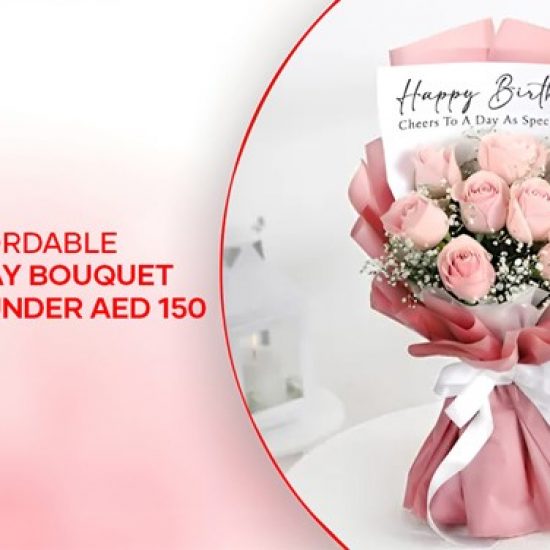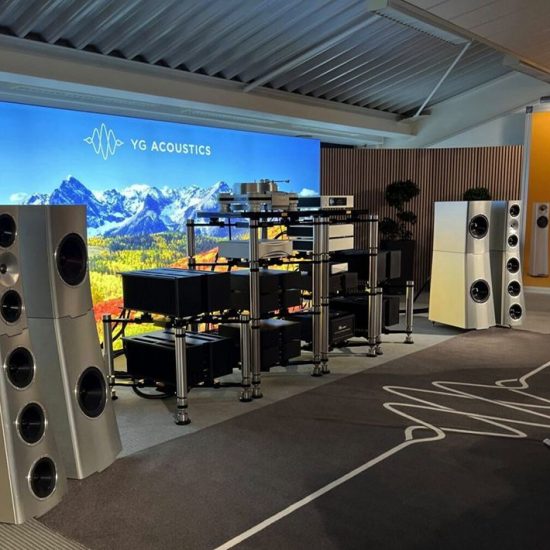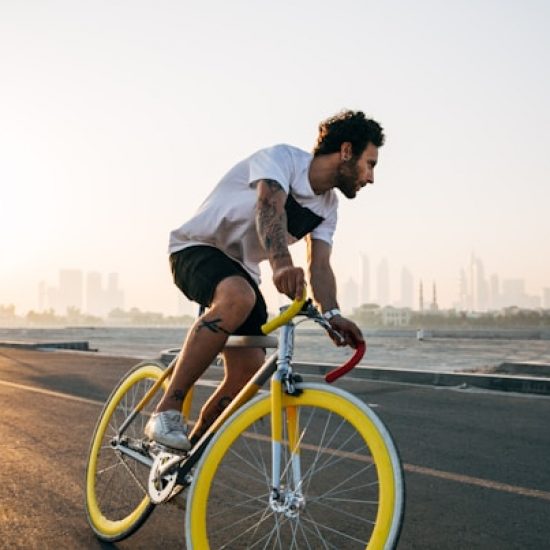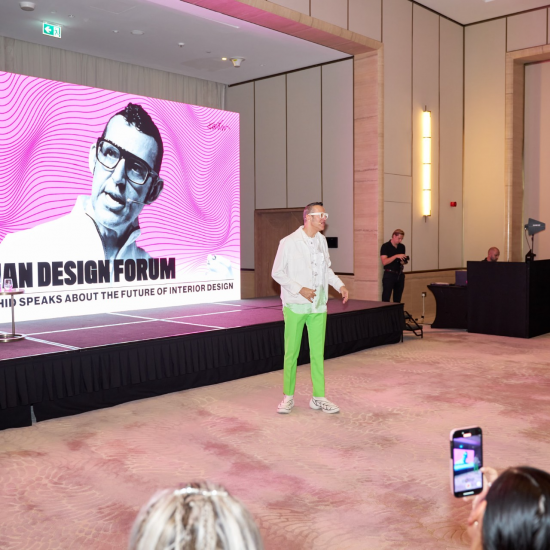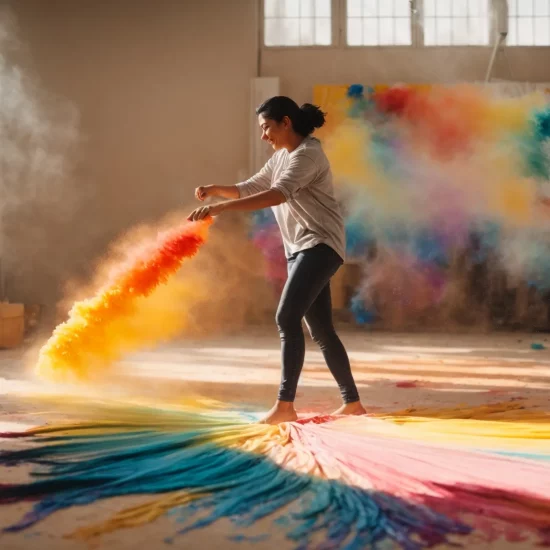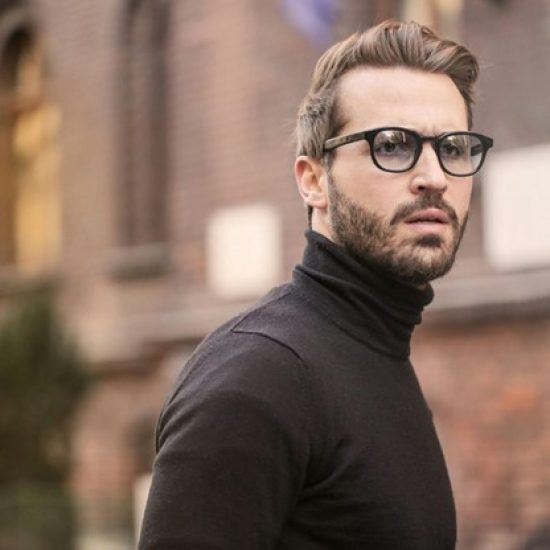With so many toys on the market it can be hard to know which one to buy, especially in the pre-Christmas shopping rush. A Disney figurine might draw gasps of delight, but will it be forgotten after a few weeks? And what about that state-of-the-art, remote-controlled car? Will the lights break off and become a choking hazard for younger siblings?
With so much to consider, it’s worth remembering there are specific toys that offer real value to children, especially those in the 3-to-7-year age group.
“Building blocks are brilliant,” says Alicia Suwaina, managing director of Abu Dhabi toy store Journey Toys.
“They’re often made of wood, which is safer than plastic, and they’re excellent for developing a child’s fine motor [dexterity] and gross motor [movement] skills. As the child uses the blocks to build towers, they improve the agility in their hands and increase core strength, especially when they stand to build something tall.”
Building blocks can also help improve numerical skills as the child sorts and counts cubes. Children can develop a basic understanding of engineering, too, clicking and fitting objects together, and observing angles.
Traditional, yet highly popular, the mighty building block is one of the top toys of 2016. So, too, are tea sets or, for Arab families, majlis sets with the Arabic coffee pot (dallah) at the centre.
According to Dr Fiona Baker, an associate professor at Emirates College for Advanced Education, tea sets and similar “accessories” are important in teaching a child about their culture and in showing them what “mummy and daddy do”.
With a PhD in education, Baker is especially interested in language development in early years.
“Pretend play is key to a child’s development,” she says. “Parents need to talk to their child, ask them questions and encourage a response. This will dramatically help to improve the child’s speech. Although not strictly a toy, costumes are also great for role-play and speech development. “To a large extent you have to guide play and foster a sense of creativity,” she adds.
Stacking cups should also feature in every child’s play box. Katie Hughes, a Dubai-based mum of three, is a fan, having used the toy to develop her three-year-old’s language and cognitive skills.
“I observed some of the other children at Lucas’s nursery and felt he wasn’t as advanced as others in speech,” she says. “One of the supervisors suggested introducing stacking or nesting cups to his play, which I did on an almost daily basis.
“I placed objects under, around and on top of the cups and asked him questions like ‘Where is it?’ and ‘Where shall we put it?’. His language improved quickly as he learnt the meaning of ‘on’, ‘under’, ‘next to’, ‘in front of’, ‘behind’ and ‘between’. The improvement was rapid and we now use the cups with Liam, Lucas’s youngest brother. They’re incredibly versatile, you can keep them for several years and hand them down to other children.”
More top toys include doll’s houses, tool sets, cars, trucks and trains. Playdough, which is inexpensive and appealing to a wide age range, is also popular. Teaching children how to shape, mould and manipulate materials can improve handwriting as it increases dexterity. What’s more, you can even make your own dough at home and, for extra fun, add different-coloured food dye to each batch.
“Gather the children and talk about the different colours. Get them to socialise and interact with each other,” says Suwaina. “It’s calming, it’s soothing and it’s very hands on.”
Simple toys are extremely valuable. Some parents spend hundreds of dirhams on an all-singing all-dancing product, but it’s not necessary. Three-year-olds, for example, can enjoy hours of fun through heuristic play, the process of using real-life everyday objects for open-ended discovery. Baker is currently creating baskets with household items. These include shells, pebbles and natural twine.
“It’s about bringing nature into the classroom and not being reliant on conventional toys,” Baker says. “In terms of numeracy, you can count, sort and distribute the items. You can use the twine to measure long and short. You can create a picture, tell stories and create characters. A toy is not about spending Dh500.
“A child will say they need this character and that character from the latest movie, but as a parent or teacher, ask yourself, how much use do they actually get out of those toys? This is how we should decide a toy’s worth.”
Suwaina agrees. “Take a ball, for instance, a best seller. A child can take so much pleasure from this simple item, learning key skills as they go. But its cost is minimal.”
Balls are particularly valuable as they can stay with a child until adulthood. Infants can chew on smaller-sized balls and float them in the bath. As the child grows older, they learn how to bounce the ball.
“The use of a ball changes with a child’s age,” explains Suwaina. “What’s more, balls make children feel good through success in catch. One of the most popular is the Oball, which contains lots of small holes so it’s easier for smaller children to hold.”
Puzzles and board games can also make great toys. Suwaina likes fast-paced games that encourage speed of processing and social interaction. “We have one game where players are given a card with an instruction on it. They have to yell out the words like ‘high five’ or ‘switch places’ and match the card with someone else’s. Children have to identify a person and follow a direction,” she says. “It’s fast.”
Both Suwaina and Baker stress that there will always be that one child at school who has big, expensive toys that leave other children feeling deprived. It is, however, the more traditional products that can be handed down and encourage learning through play that carry the real value.
7 essential items for every child:
1. Accessories
From tea sets to play kitchens, accessories greatly assist children in role-play, helping with speech development and social interaction. Buy from a reputable store to ensure harmful chemicals have not been used in the plastic.
2. Building blocks
Perhaps the most valuable toy on the market, building blocks are excellent for hand-eye coordination, spatial awareness and numerical proficiency. Often made from wood, they offer hours of safe play for infants, and children up to the age of 5.
3. Stacking cups
A toy that grows with your child, stacking cups are a great investment, helping babies to develop hand-eye coordination and to conceptualise difference in size. Toddlers can fill the cups with sand or water, while pre-schoolers can use them to sort and match. Children from five years and up can improve mental and physical dexterity by quickly stacking and unstacking cups in specific sequences.
4. Playdough
Kneading, rolling, sculpting and moulding. Playdough is arguably the best toy for building hand strength and, in turn, improving a child’s handwriting. It is also a great stress reliever and suitable for anyone two years and above – even adults. Fun, pliable and non-toxic, playdough, like many great products, has been around for decades.
5. Books
The benefits of books are boundless. The wider variety of books a child reads or has read to them the better as they are exposed to a wider variety of language features. Books also bring calm and quiet, and provide an excellent parent-to-child bonding opportunity. They can be passed not only from sibling to sibling but from generation to generation, filling a child’s mind with knowledge and sparking their imagination.
6. Balls
One of the cheapest toys, a small ball can stay with a child from infancy right through to adulthood. Let babies explore the ball with their mouth and watch it float in the water at bathtime. Toddlers can learn to catch and throw the ball and improve their technique the older they become.
7. Puzzles
Give a puzzle to a child and they will develop physical skills as they twist and turn the pieces to make them fit. Children will also learn cognitive skills as they solve the puzzle’s problem, whether it’s completing a jigsaw or connecting a series of abstract shapes to form a perfect square.


 Building blocks
Building blocks